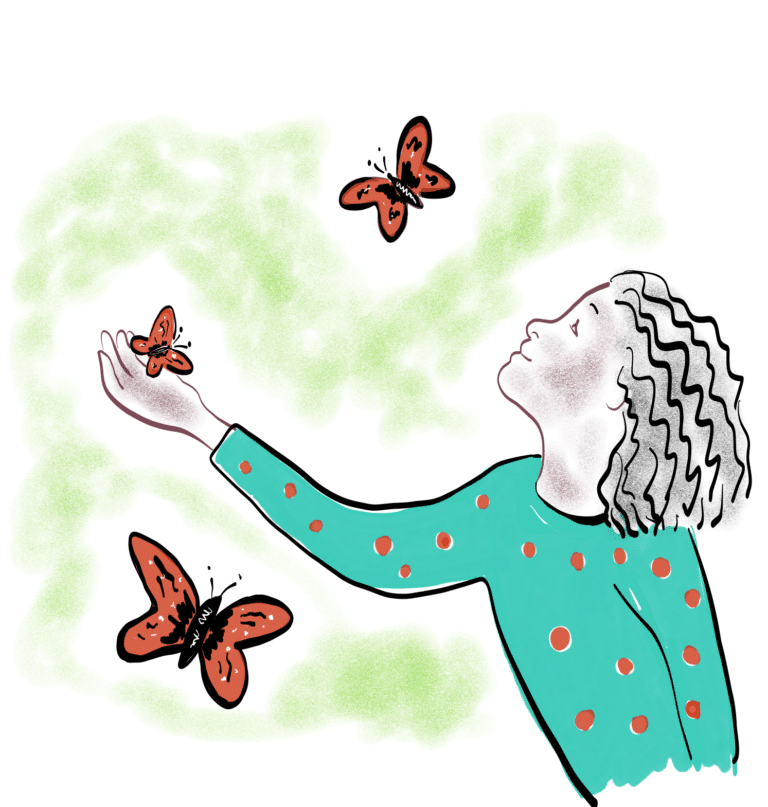
How Going Gluten-Free Transformed our Home
Hi, I’m Melissa, Beth asked me to explain how going gluten-free made a difference in our household. I have a

Dr Michael Ryan, a psychologist in the US who specialises in working with learning-disabled people, has produced an excellent report on the social and emotional problems of dyslexics. He points out,
‘Self-esteem is best understood as the discrepancy between the ‘ideal self’ and the ‘self-image.’ The problem a dyslexic child faces is their repeated failures mean they see themselves as far from their ‘ideal self’.’
‘If children meet failure and frustration, they learn that they are inferior to others and that their efforts make very little difference. Instead of feeling powerful and productive, they learn that their environment acts upon them. They feel powerless and incompetent.’
A common sign of low self-esteem in dyslexic children is that they say negative things about themselves and focus on their weaknesses instead of their strengths. Guilt is easy to fix. If you feel guilty, you can attempt to put whatever you have done right, say sorry, and move on. Shame is feeling bad about who you are. It’s much more challenging to remove these feelings.
In a TEDx talk, author Ben Foss compares a dyslexic child to a caterpillar. I like that simile. I want to expand upon it and say dyslexic kids are like monarch butterfly caterpillars. Have you ever seen one of these lovely creatures? As with all caterpillars, they love to eat. The trouble is, they only eat swan plants and must munch through a tremendous number before they pupate. Monarch butterflies go places – they cross the globe. However, 90% of caterpillars fail to find enough swan plants or are picked off by predators before they can transform. The swan plant for the dyslexic child is encouragement.
A coping mechanism for shame is perfectionism, where a dyslexic child is terrified of making mistakes. Michael Ryan, in his article about social and emotional problems related to dyslexia, states:
“Children between the ages of six and sixteen ask themselves, ‘Am I lovable, capable, competent? …Research suggests that feelings of inferiority develop by age 10. After this age, it becomes extremely difficult to help a child develop a positive self-image.”
He found that 20% of people with dyslexia suffer from depression, and another 20% suffer from an anxiety disorder. He states in his article,
‘Dyslexics’ frustration often centres on their inability to meet expectations… this is particularly true of those who develop perfectionist expectations to deal with their anxiety. They grow up believing that making a mistake is ‘terrible’. However, their learning disability, almost by definition, means that these children will make many ‘careless’ or ‘stupid’ mistakes. This is extremely frustrating to them, as it makes them feel chronically inadequate.’
Dyslexics are often described as big-picture people, which roughly translates as ‘we’re rubbish at detail’. Neurologist Samuel Orton was one of the first people to document the emotional aspects of dyslexia. He noticed that most children with dyslexia are happy and well-adjusted until they hit difficulties with learning to read and write. In time, their frustration mounts as their classmates and siblings overtake them.
As Michael Ryan puts it:
‘Anxiety is the most frequent emotional symptom reported by dyslexic adults. Dyslexics feel fearful because of their constant frustration and confusion in school. These feelings are exacerbated by the inconsistencies of dyslexia. Because they cannot anticipate failure, entering new situations becomes anxiety-provoking. Anxiety causes humans to avoid whatever frightens them…many teachers and parents misinterpret this avoidance as laziness. In fact, the dyslexic’s hesitancy to participate in school activities such as homework is related more to anxiety and confusion than to apathy. Social scientists have frequently observed that frustration produces anger.’
Anxiety is a natural state for many people with dyslexia. Having to stand up in front of the class and give a speech, even when they have an excellent talk prepared, may turn a dyslexic child into a gibbering wreck. It is normal for heightened levels of anxiety to be based on specific events. Persistent anxiety, however, is not based on one-off events.
If you recognise your child in the above list, you may need to talk to a doctor about your child trialling anti-anxiety medication or consider trying a natural anti-anxiety supplement. For a full rundown on anxiety, check out this page.
Dyslexia does not resolve without intervention. Be proactive in seeking the learning support your child needs.
Remember to praise their efforts rather than the results when they try new things. The word ‘yet’ can be powerful. Say, ‘You can’t do it yet, but keep trying.’
Never belittle your child or call them lazy. Kids with dyslexia have to work so much harder than other children, which is exhausting. Let mistakes be a positive learning experience. Share stories of when you failed, and teach them that failure is a necessary part of life.
Make sure they aren’t setting themselves up for failure. Every small achievable goal will boost their self-esteem. For example, if they want to learn an instrument, encourage their practice no matter how bad they initially sound.
Learn their love language (here is a link to a post about love languages)and use it regularly. Dyslexic kids are super-sensitive, and just like those squishy little caterpillars, they are easily crushed.
Don’t make jokes about yourself or call yourself names. Kids learn so much from watching their parents. Boosting your own self-esteem will have a positive knock-on effect on the whole family.
You can read Dr Michael Ryan’s full report here.
Check out this blog post on emotion coaching for children who struggle with big emotions.
To teach your child spelling and reading in just 30 minutes a day, click here.
Speechify is an app that can help dyslexic children as it reads online text. Here is my affiliate link.

Hi, I’m Beth. Seven years ago, when I discovered my son had dyslexia, I had a ‘light-bulb’ moment and understood this explained many of my own difficulties. Ever since, I’ve been on a mission to discover the best ways to wrestle what I like to call the dyslexia octopus.

Hi, I’m Melissa, Beth asked me to explain how going gluten-free made a difference in our household. I have a

I need nighttime anxiety relief. It’s 4 AM, and I’m reviewing what happened to Harry at school yesterday and wondering